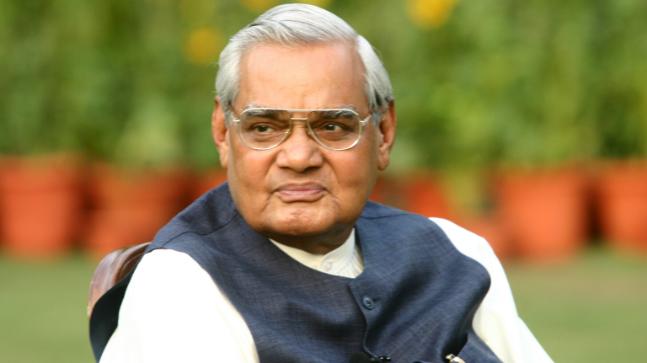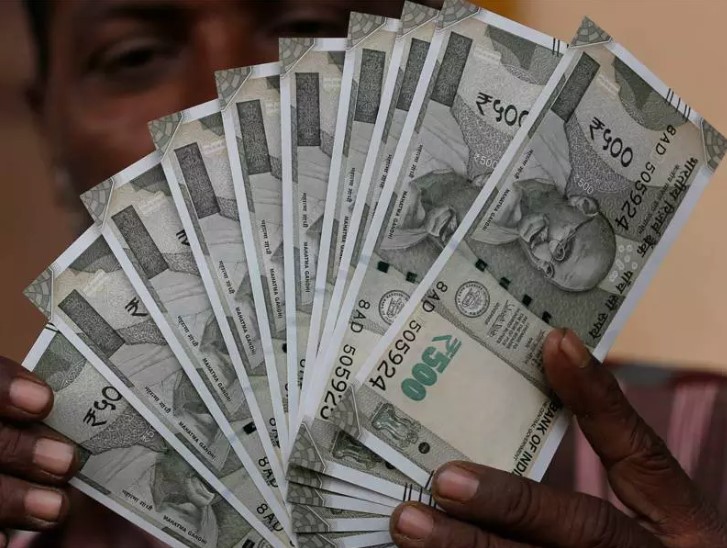
Do you ever go buy something and the price really excites you but the moment you purchase, the first thing that catches our eye is the corner of the receipt where the GST is printed and the total amount disappoints you?
It’s something no one’s able to comprehend and extrapolate but only after rocket science. For the general mass, rocket science might be easier in how vague this entire concept in terms of intent seems to be. Now the question arises for the people to wonder is what exactly can this term convey?
Introduction
The potential manifested by the Indian market is extensive, though, it has been criticised frequently for business. The much talked about major tax regime; Goods and Service Tax (GST) was introduced to remove the prevailing complexity of indirect taxes in India.
GST; an indirect tax for the whole nation which changed the taxation landscape, has emerged to be the most revolutionary tax reform since independence eventually replacing all the major taxes by the Central and State government. GST was accepted without a second thought. This single tax has brought in more effectiveness in commerce and rationalized numerous indirect taxes.
However, the implementation of this tax was a herculean task before the government. GST, a single taxation system is levied on manufacture, sale and consumption of goods and services all over India to collegiate Central indirect taxes as well as State. Consistent with the federal structure of the country, it will have two components: one levied by the centre, the other levied by the state.
Journey of the GST
The year 2017, will perpetually be overlooked as the aureate moment in Indian history, as it initiated the most important economic reform since 1947. This tax regime was first introduced by France in 1954. Its journey began in India at the time of PM Vajpayee i.e., in the year 2000, when a committee had been organized to draft law.

Officially, the Constitution (One Hundred and Twenty-Second Amendment) Bill, 2014 was introduced in the Lok Sabha on December 19, 2014, by Finance Minister Arun Jaitley, but it did not get assent due to lack of consensus. Later on, The Goods and Service Tax Act was passed in the Parliament on 29th March 2017. The law took almost seventeen years to evolve and was ultimately implemented on 1st July 2017.
This indirect tax for the entire country, focused on the fundamental theme to have one nation, one tax in order to upgrade the business for the taxpayers, avoid ambiguity, assure well-timed concessions and finally reduce the burden of tax from the shoulders of an ordinary man. GST, profound tax reform can be defined as comprehensive, multistage, destination-based tax, levied on the supply of goods and services.
Boon or a Bane?
An item goes through multiple chains of hands before it is completely ready for the sale to the end customer, thus, making GST a multistage task. When a manufacturer buys a product for supply to the warehousing agent; who further sells it to the retailer and finally invests the product in the market in this way a monetary value is added at each successive stage to achieve the final sale to the customer. Thereby, making it value addition at every point of sale. GST shifted the focus of taxation from point of production to point of consumption, thereby making it a destination-based tax structure. Critics claimed that the GST tax regime might not function as depicted since a very mind-boggling tax structure existed before this significant reform came into effect, i.e., direct and indirect taxes.
In the prior regime, the burden of taxes couldn’t be shifted whilst in the latter, this burden of taxes can be shifted by collecting from someone else to pay off the government. As India had opted for a dual GST model; Central GST, State GST and Integrated GST which were nothing but the new names for the plethora of the taxes; Value Added Tax (VAT) and Central Sales Tax (CST).

Therefore, GST brought nothing new to the table. When a manufacturer got hold of a raw material initially, he had to render VAT and after obtaining it, he had to facilitate the Excise tax later selling it to the wholesaler who again had to pay out VAT eventually leading the retailer to pay CST. Since its inception, it has turned up many challenges for the commerce industry. GST, being a new concept, industries found it difficult to comprehend. The documentation is complex and the tax rates for certain commodities are high. Thereby, the treatment of several common transactions were unclear.
Since it’s arrival brought enormous opportunity to reformulate the supply chains the industry provided a backbone with the need to curb tax evasion. So, the government had to also introduce the e–Way Bill system across India in a bid to track the movement of goods. GST proved to be essential in the elimination of the cascading effect which turned out to be a fallout of the earlier tax structure which had imposed some major restrictions on claiming input tax. It abolished multiple layers of taxes imposed on goods and services. Earlier, every product came with it’ GST hailed as the harbinger of unified tax reform. Now, it is nothing more than the old VAT.
The companies nowadays are looking forward to carrying taxation online and are required to obtain software that is compatible with the system or initiating a specialised software to do the same. This puts a small scale business at risk, requiring it to grasp digital record keeping as well as online taxation systems. As a result, it increases operational costs while lowering the cascading tax effects. Therefore, for small and medium-sized companies there seems to be no difference. It is neither a relief nor a burden to one, whereas, on others, it causes more harm than benefits. It is necessary to keep in mind that GST was introduced around the time of a national financial crisis. This added fuel to the fire pressurising most of the small and medium-sized enterprises.
Judicial Review
In Union Of India v. Mohit Minerals, to give a brief overview, Section 18 of the Constitution ‘GST Amendment Act’ enables Parliament to enact a law compensating States for loss in revenue due to the implementation of Goods and Services Tax. In order to effectuate this goal, GST Act, 2017 was passed by the Parliament, levying a cess on intra–State and inter-State supply of goods and services. It has been argued here that Article 270 does not grant any power to levy cess and merely provides a distribution mechanism for taxes levied and collected by the Union. Thus, the reliance by the SC on Article 270 for validating CSA Act is erroneous. Furthermore, the proposition of whether a law framed under Section 18 can contemplate levy of cess has also been explored.
Conclusion
It is certain that no law is perfect and no law is without flaws. GST is not the ultimate solution to every problem. It is with flaws and those flaws must be identified. It’s definitely better than its predecessors and that is what is needed. There will be laws in the future that can compensate for the flaws, we find in GST now. It is true that this single tax system has assisted in streamlining various indirect taxes and as the country develops we will find that we would have outgrown most of the problems we face now. It’s a slow process to a better business environment for the country.